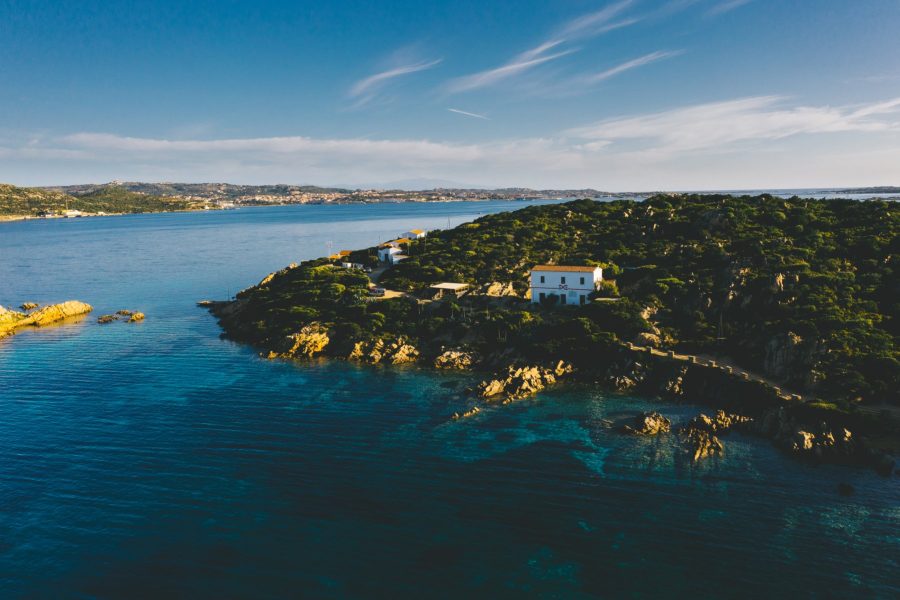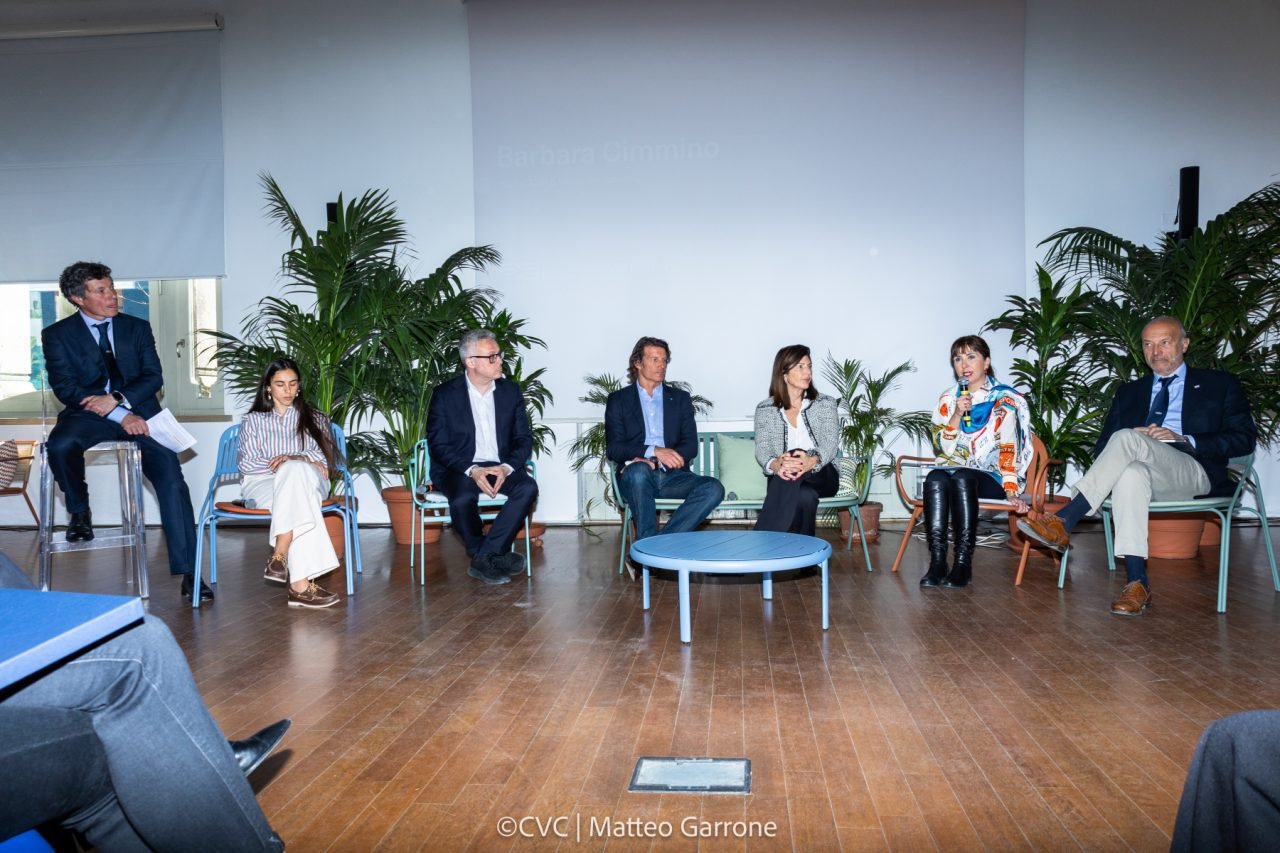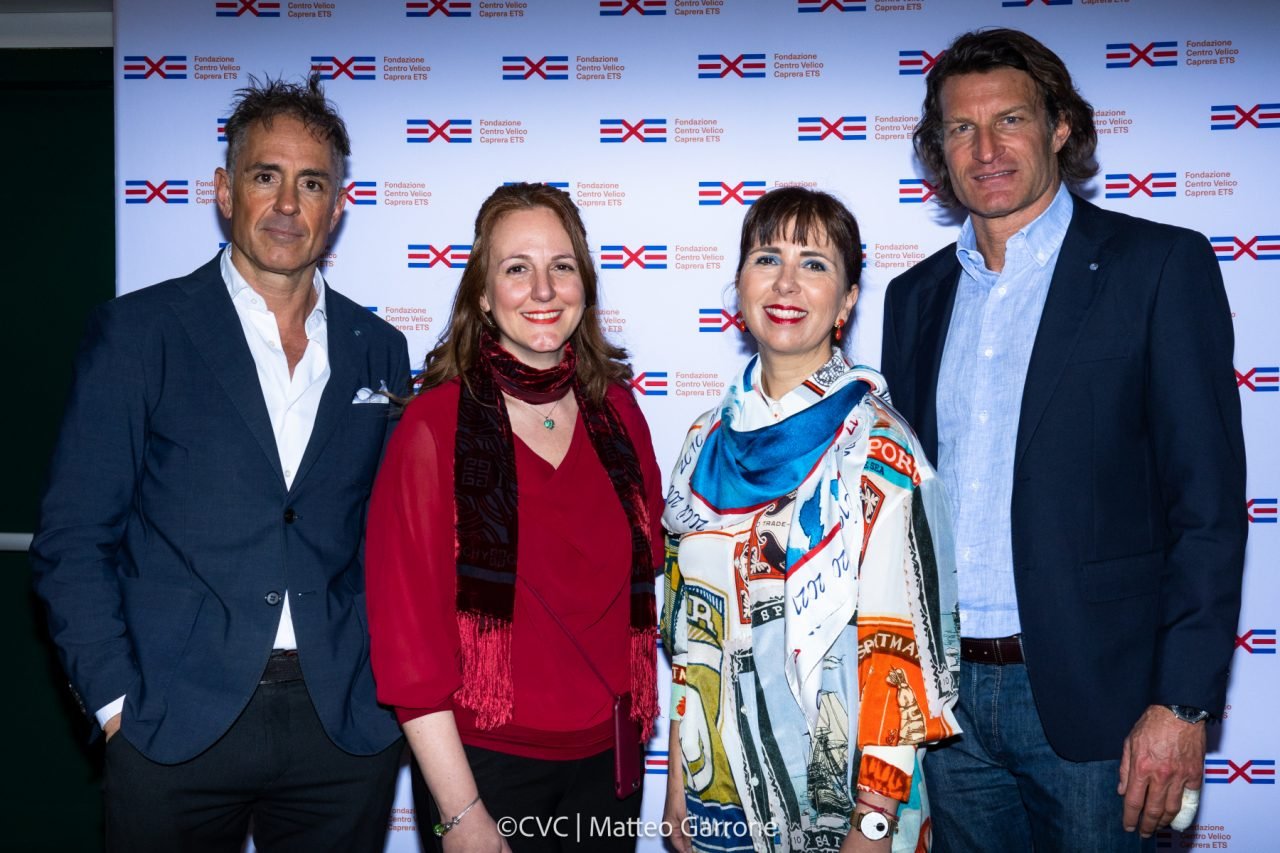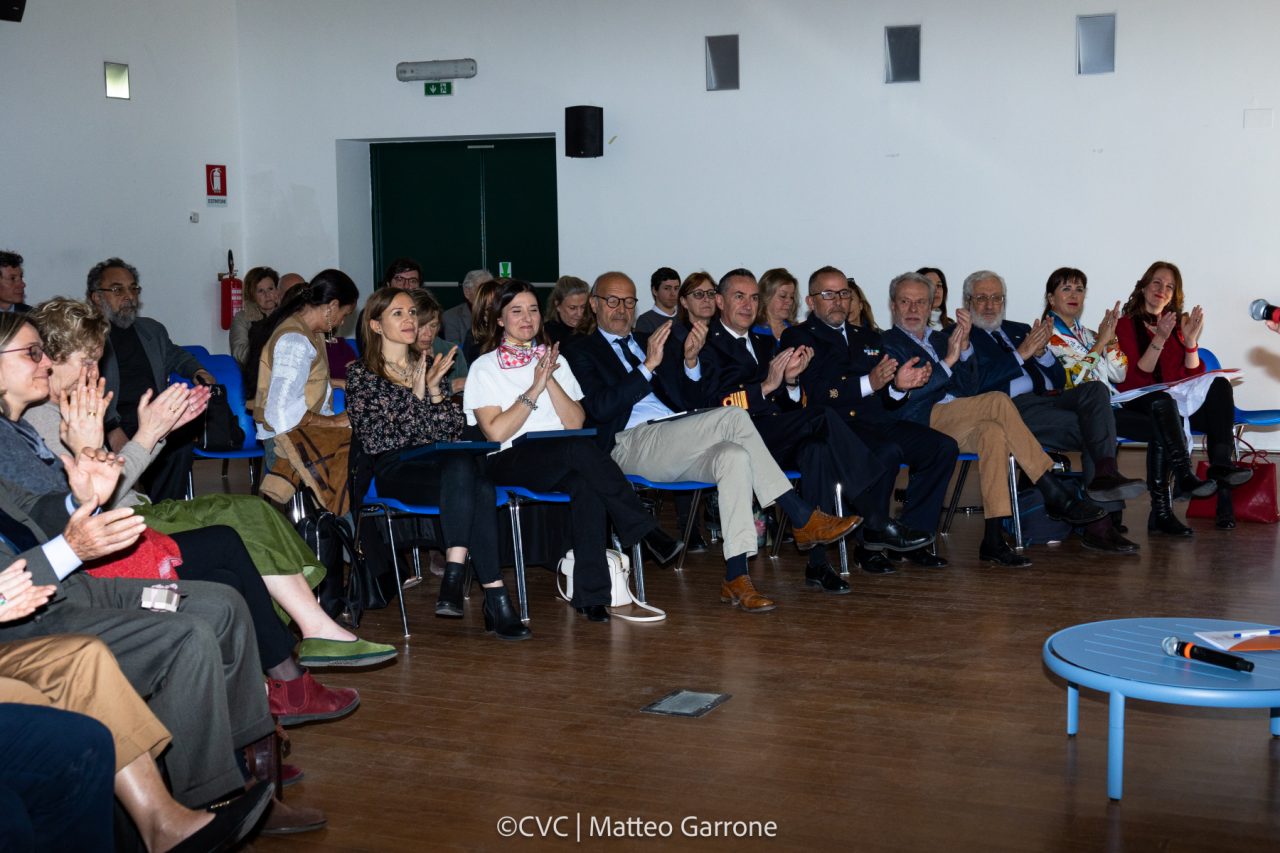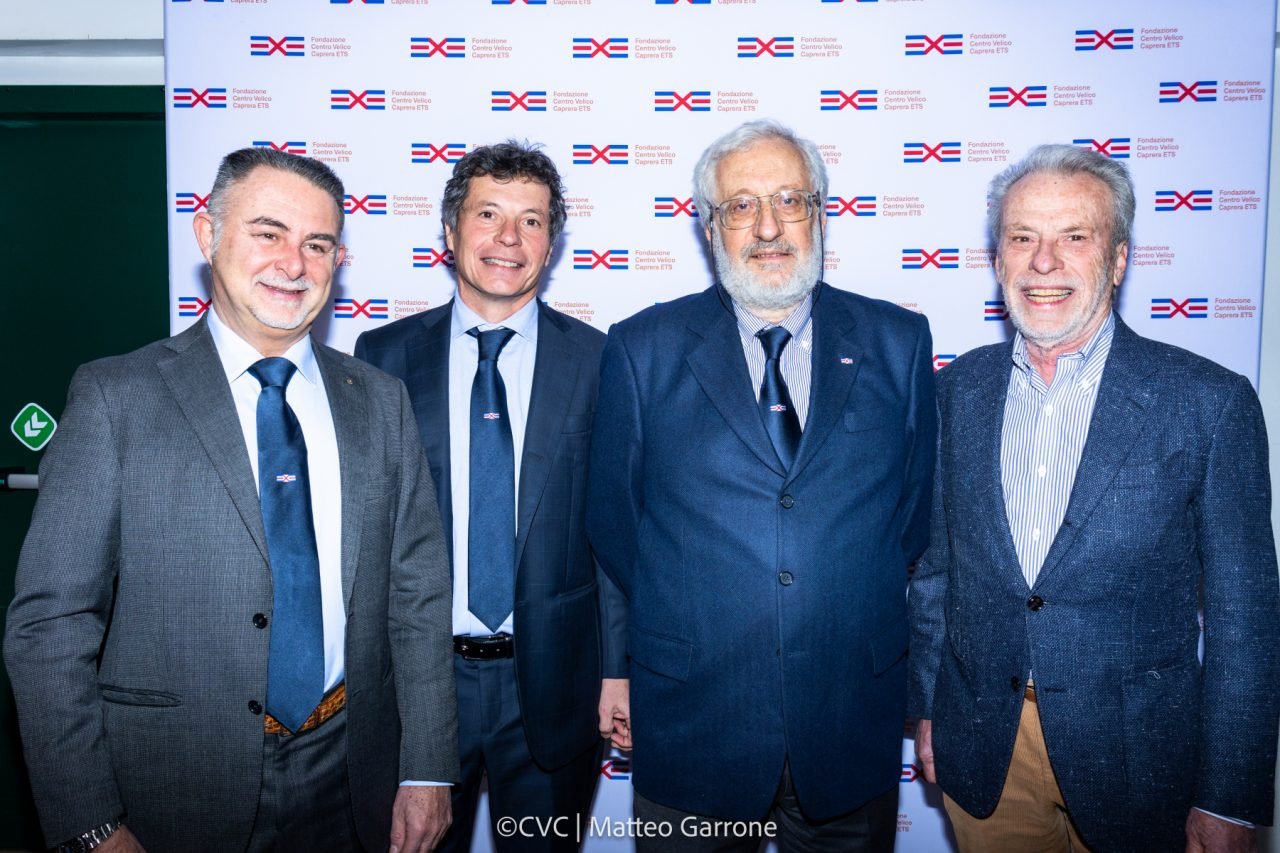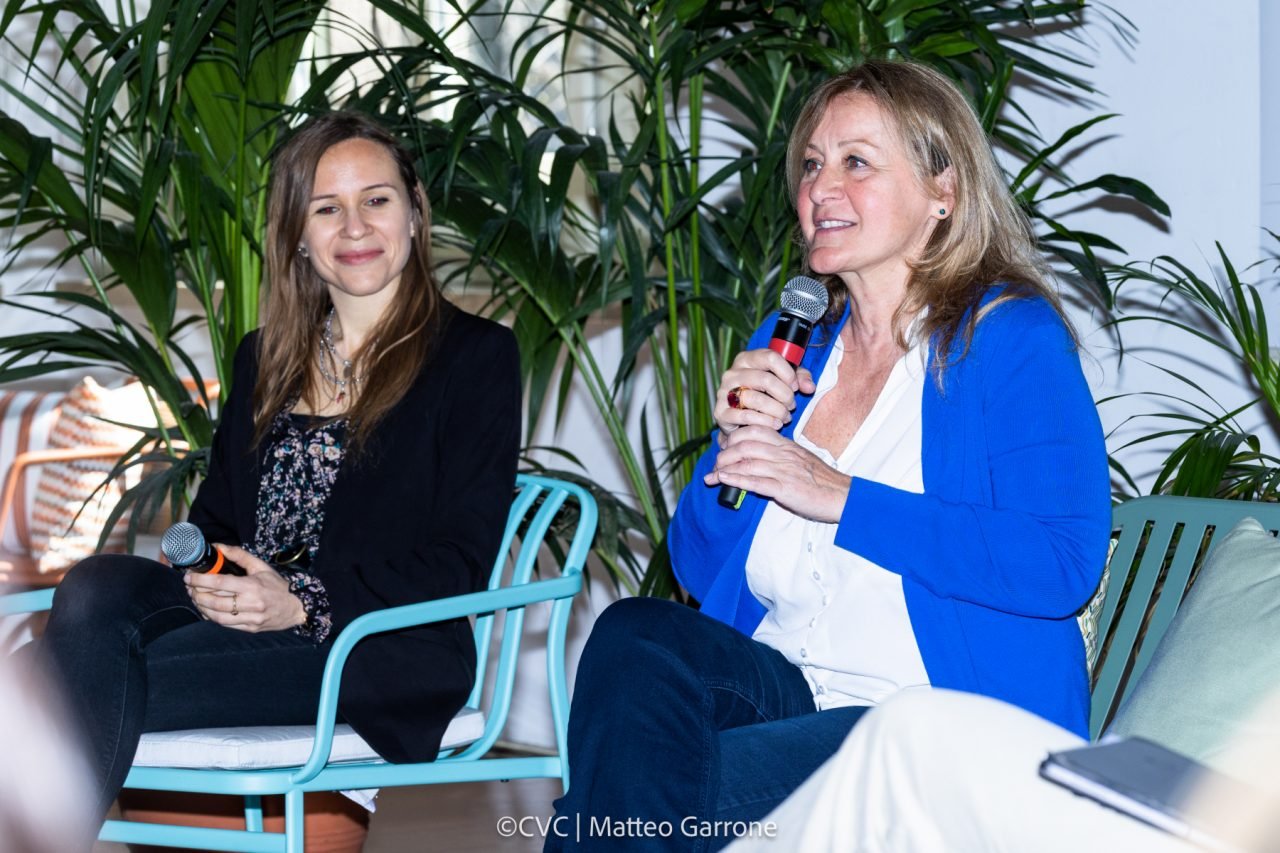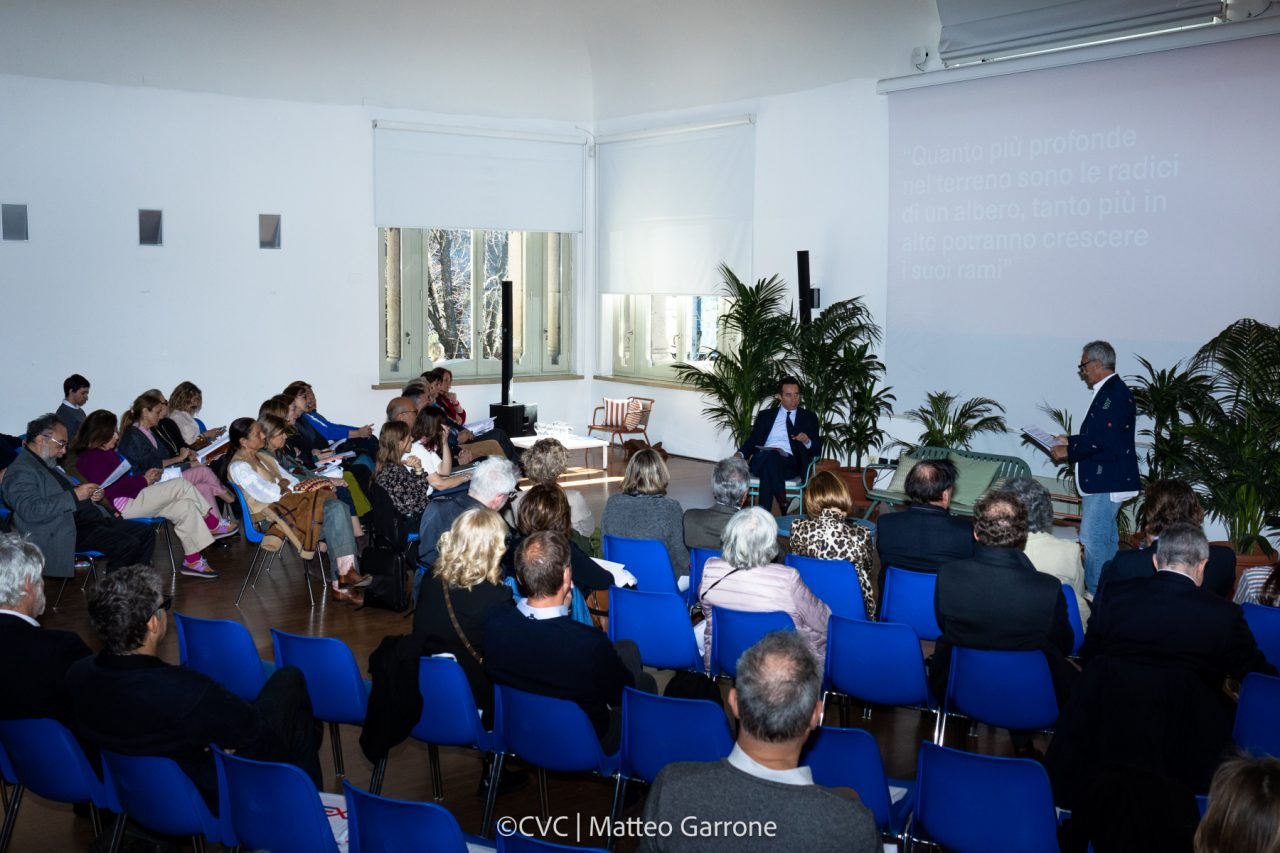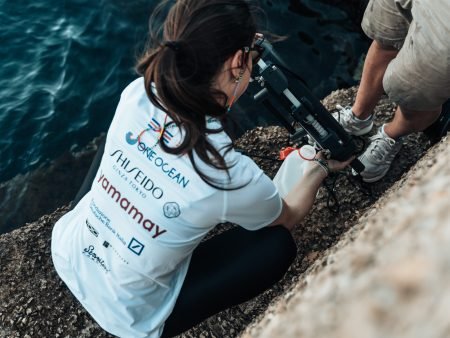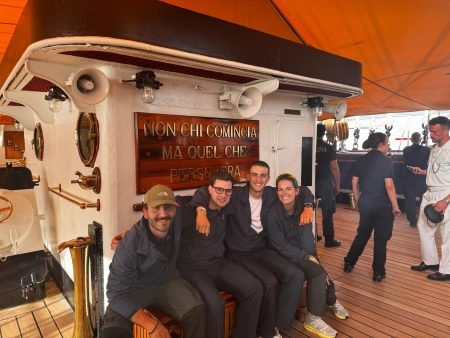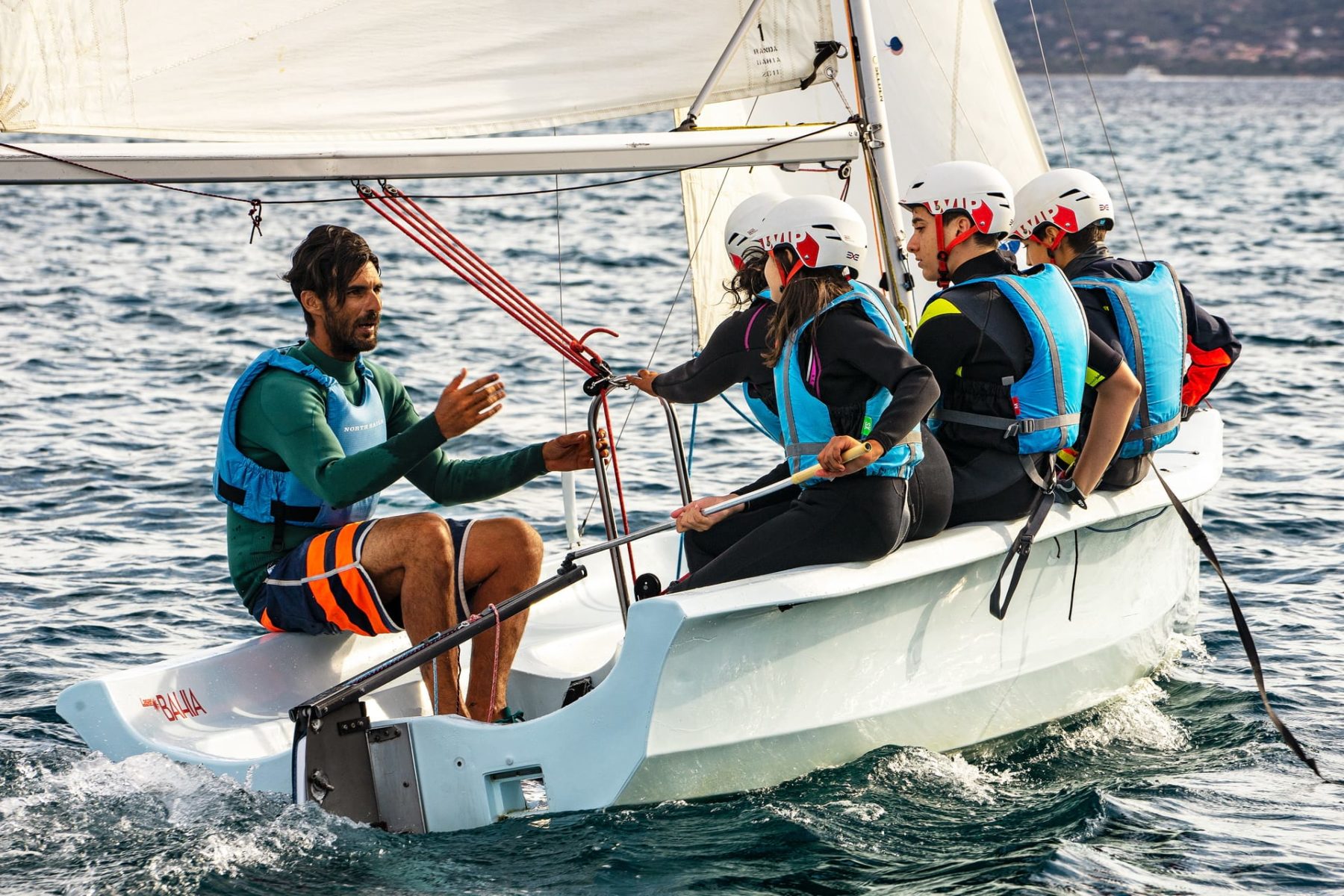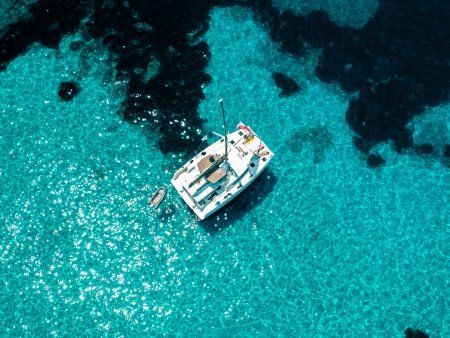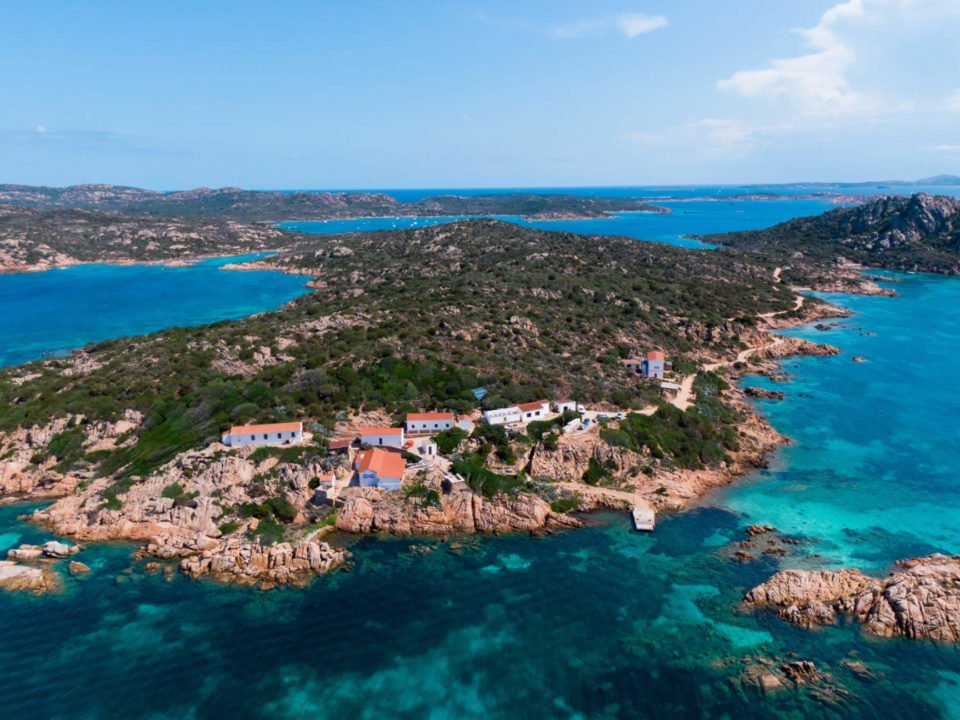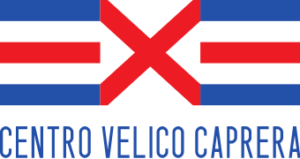CVC Centro Velico Caprera becomes a Foundation and strengthens its social and cultural commitment related to the sea,
personal well-being, sports and nature
A goal, a milestone but also a natural evolution of its own history. CVC Centro Velico Caprera becomes CVC Foundation - Centro Velico Caprera ETS, at the behest of the Italian Naval League - Milan Section, Touring Club Italiano and AIVA-CVC, the Association established in 1969 that gathers volunteers and students of Centro Velico Caprera.
A forerunner in environmental sustainability and a virtuous model of sailing education, the Caprera reality in 55 years of activity has conveyed seafaring culture and passion for sailing to more than 150 thousand students of all ages and backgrounds. A democratic, social and human heritage perpetuated by a community that, year after year, rediscovers in the authentic experience of the sea the meaning of life, the value of challenges and the ability to look to tomorrow with confidence.
Within this rich tradition, which has been synonymous with excellence in European sailing training since the 1960s and which tells of adventures in close contact with nature, exchange and passion, the last decade has represented a growing thrust in the attention to ethical and social issues that have led especially since 2017, coinciding with the 50th anniversary, to the de "nition of a new social responsibility to "ssess important goals and an even broader collective commitment.
Today, by continuing to leverage a formation that boasts a #otta of 130 boats and a thousand volunteer instructors, the transformation into the CVC Foundation - Centro Velico Caprera ETS will enable the pursuit of ambitious goals and, above all, honor the social commitment to people and the ecosystem, raising awareness and making the sea and its benefits accessible in a concrete way even to those who live in difficult situations or physical, psychological or social hardship. The path that led to this new configuration is rooted in our DNA.
"The school has always been a nonprofit Sports Association, made up of volunteers who over the decades have worked to develop our activities and protect the environment around us. Over time we realized that our dedication to people and the environment had taken us in a direction that also required structural adjustment, to enable us to operate even more effectively and to attract new energy and skills. Marine training remains central to the Foundation's plans, but projects such as M.A.R.E. (Marine Adventure for Research & Education) or those developed with exceptional partners such as We Will Care, for the enhancement of psychological resources in cancer patients and for the improvement of the individual's general psychological well-being through the practice of sailing,' commented Stefano Crosta, president of the CVC Foundation - Centro Velico Caprera ETS.
Sea care and the sea as care are the first two major directions to be pursued in partnershipwith private entities or other players. Among the goals is also the promotion of scientific research and popularization in the fields dealing with the marine environment, which will involve universities and research institutes, as well as the expansion of educational activities to the fields of art
tourism and recreation. The ultimate goal of all initiatives remains one: the betterment of the individual and, with it, the environment.
"Already today, collaboration with private partners and institutional bodies that share our same world of values is bringing important results, but thanks to the contribution of the scientific world, we are confident that we can give an even greater impetus to these kinds of activities and, above all, frame them in a wide-ranging organic design," pointed out the president of the CVC Foundation - Centro Velico Caprera ETS.
"The Italian Naval League - Milan Section, as a founding member of CVC-Centro Velico Caprera, is honored to have supported and guided the school in the process of transformation to become a Foundation. Reconfirming the solid pillars of tradition that make that of Centro Velico Caprera a unique experience from the point of view of sailing education and the proposed model of life, the conversion into a Foundation is a natural and indispensable step to allow CVC-Centro Velico Caprera to pursue its institutional mandate consistently with the Social Commitment towards the person, the mar and its ecosystem,' said Daniela Bolognesi, president of Lega Navale Italiana - Milan Section.
Touring Club Italiano founded in 1967 together with Lega Navale Italiana - Sezione Mi-
lano the Centro Velico Caprera to transfer to the sailing school its idea of ethical, responsible and sustainable travel: values that today find further consolidation in the transformation into a Foundation, which redesigns our task as educators of the future,' commented Franco Iseppi, president Touring Club Italiano.
"Caprera is, without a shadow of a doubt, one of the most beautiful schools of sailing and life in the world, surely favored by the good Lord as a garden of Eden," Franco Brambilla, one of the founding members of CVC-Centro Velico Caprera had said at the time of the school's birth.
"Continuing to share this statement, today we are proud to have contributed and actively participated in the transformation into a Foundation. We are confident that this is the best way to preserve the school over time and perpetuate its original values and spirit that animated the first volunteers,' added Emilio Palladini, president of the AIVA-CVC Association .
